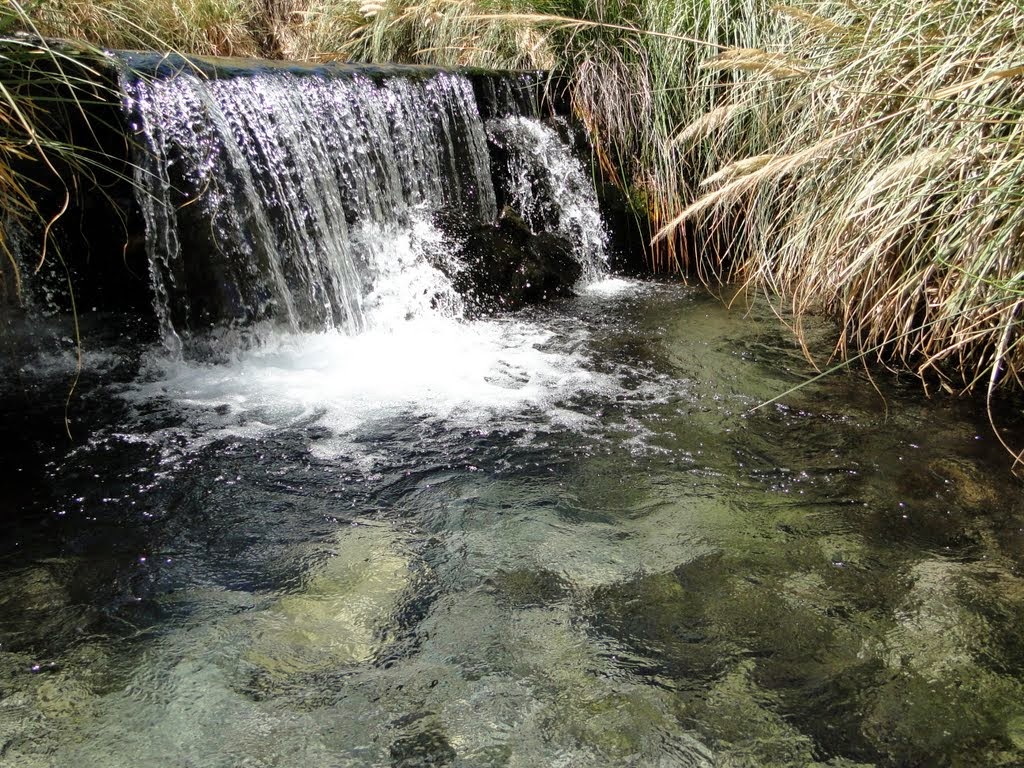#A flock of Jame’s
flamingos feeds on tiny organisms in the Salar de Tara-part of a nature reserve
they share with the related Andean flamingos and Chilean flamingos
It’s sunrise a Salar
de Tara and the salt lake is aflutter with flamingos. There a thousands of
them, long slender legs wading through metallic blue waters. They move in
waves, flighty as though an electric current bites when they linger too long.
The wind stirs from its slumber, whipping the water into a dance. Alongside the
salt lake, hundreds of llamas pick their way through tufty yellow pastures.
They look with long-lashed eyes down velvet noses, seemingly haughty, their
ears pricking at the crunch of salt underfoot.
Bordered by barren Altiplanic mountains and bisected by the
Tropic of Capricorn, this wetland sits within the Reserva Nacional Los Flamencos on the eastern fringe of the
Atacama, in a nook between the borders of Bolivia and Argentina. It’s zone of
permanent and seasonal lakes-but extending westwards and covering an area
nearly the size of England is a region known as the driest on Earth. Nowhere,
save for the icy anomaly of Antarctica, receives less rainfall. Indeed, in
great swathes of this desert, rain has never been recorder. Its cracked, dusty
landscape is somewhere between lunar and Martian, unable to support plant or
animal.
Yet throughout the desert, pockets of life do exist. The
Hamas around Salar de Tara are owned by shepherds who herd them as the season
dictate. The shepherds are Atacamenos, mainly descended from settled here more
than 3,000 years ago. They live in ayllus-small indigenous communities-on
hillsides and in gorges served by ephermeral streams, cultivating crops on
terraces dug out by their forbears, and tending to goats, sheep and llamas.
Folklore still blows through these oases like the Atacama’s gentle Pacific
breeze, a rich mythology that connects these people to their nomadic ancestors,
and to the extraordinary landscape that they inhabit.
A Volcanic
Temperament
‘Licanbur is a price and Quimal is a a princess,’ says
Atacameno guide Rosa Ramos Colque, speaking slowly and deliberately, and
gesturing to each of the mountains in turn .the peaks face off across the Salar
de Atacama, on which she stands – a vast sea of salt encompassing more than
1,200 square miles, to the west of Salar de Tara. The peaks of Licancabur and Quimal are some 50 miles apart, but such is the clarity of the air,
they appear closer. Alongside the perfectly pyramidal snow-splashed volcano of
Licancabur is another mountain, conspicuous for its fla top. It looks a s
though its peak has been removed, possibly severed; mythology asserts exactly
that. ‘Juriques, Prince Licancabur’s companion, was once just perfect, with a
head too,’ says Rosa. ‘That was, until he seduced Princess Quimal.’
The volcano legends are known by all in these parts;
versions vary, but any that followed this betrayal. Quimal’s father Lascar – an
amorphous mountain standing to the east, almost equidistant, beheaded Juriques and exiled Quimal across the
salt flat. Such behavior certainly fits the profile. Lascar is the most active volcano in the Central Andean section of
the Pacific’s Ring of Fire – in 1993, it dispatched a grittsoud of tephra as
far as Buenos Aires, 900 miles to the southeast, and it has made its presence
known several times already this century. Lincancabur was heartbroken at
Quimal’s banishment. Shedding tears that
the centuries accumulate into the lake cradled in its crater.
Such legends are indicative of an wavering reverence; in the
Atacama, volcanoes are both providers and destroyers. The ancient Atacamenos
built villages from volcanic stone in spots where rater runs down their steep
slopes, while the centuries, dispersed volcanic with has helped to fertilise
parts of this otherwise barren landscape. Forty-five minutes southeast of the
regional hub of sun Pedro de Atacama, two villages sit below Lascar’s smoking
crater. They’re with called Talabre. Rather than a lack of ragination, the
duplication stems from another eruption of Lascar in the 1970s. the volcano
contaminated the original Talabre’s water, lacing the river wit ash;























